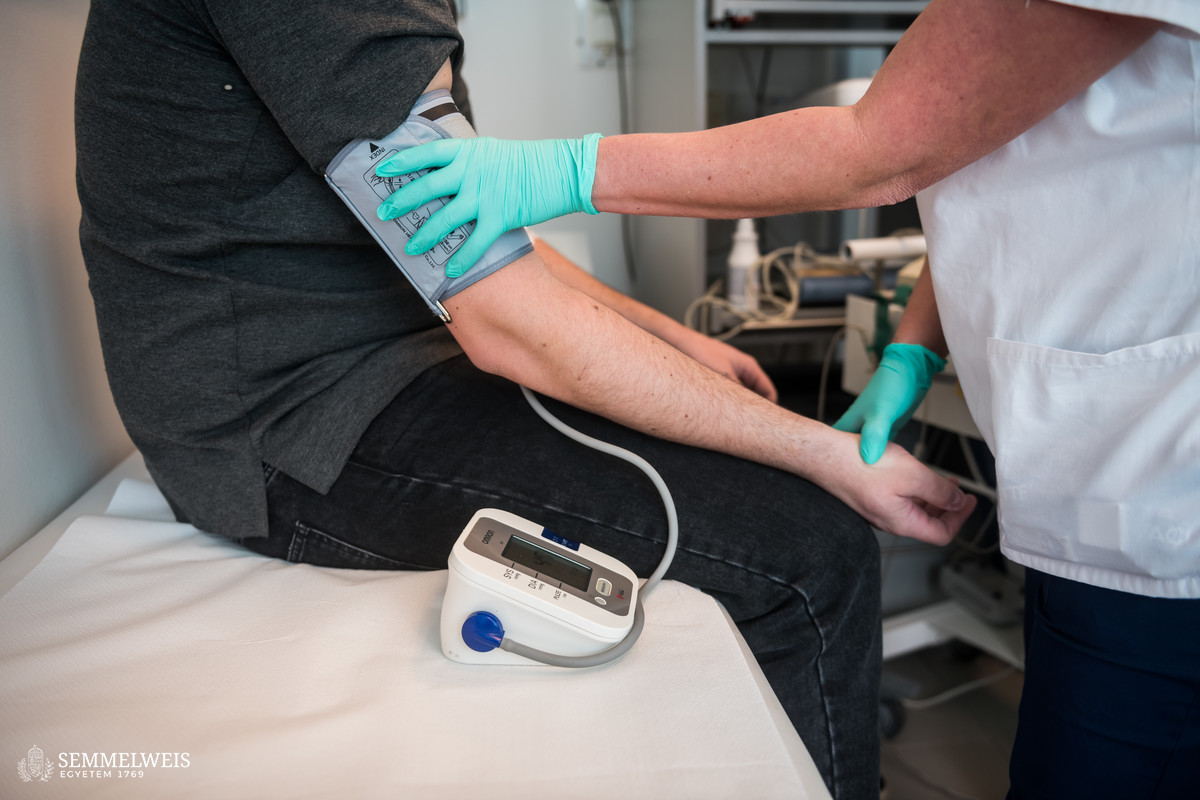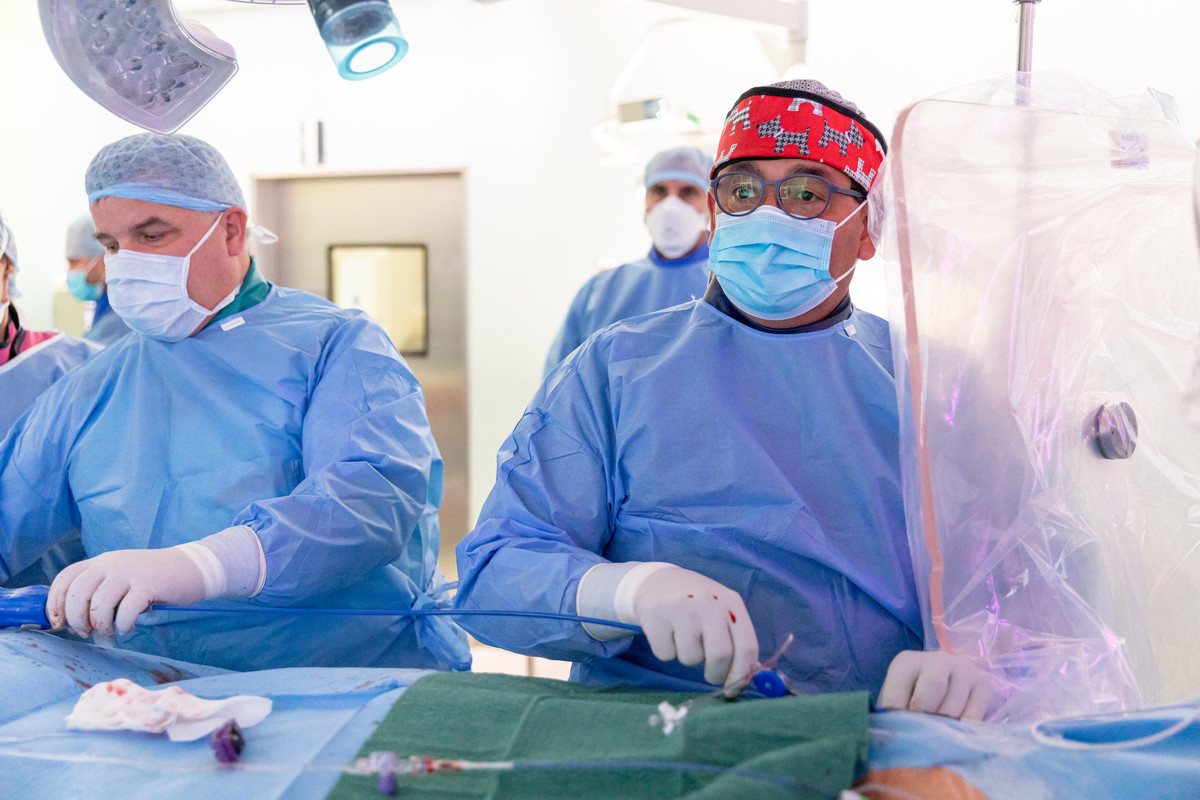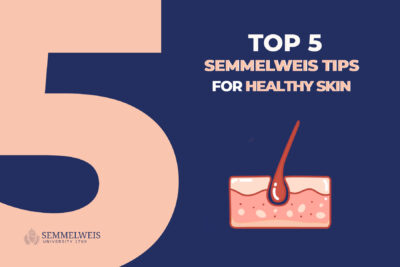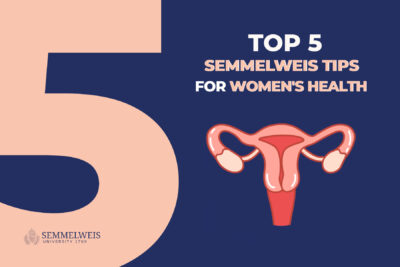Cardiovascular disease is the most prevalent of the common diseases and the leading cause of death not only in Hungary but also in the European Union and worldwide. While cancer, perhaps the most dreaded disease, accounts for 26 percent of all deaths in the EU, this figure is as high as 37 percent for cardiovascular diseases. Yet most of these deaths and chronic heart diseases compromising the quality of life could be avoided with a proper lifestyle.
1. Visit your GP once a year over forty, as a few simple screening tests can detect the risk of cardiovascular disease.
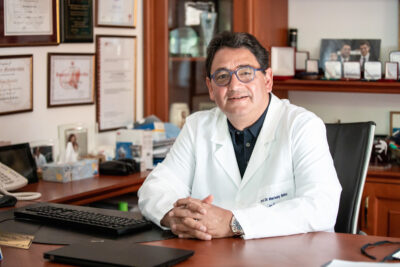 As the risk of various cardiovascular diseases increases exponentially with age, you should visit your GP once a year over 40 for a basic check-up even if you feel completely healthy. A simple blood pressure check and a laboratory test – the latter particularly measuring cholesterol, triglyceride, and blood sugar levels – can indicate the risk of developing cardiovascular disease, said Dr. Béla Merkely, Director of the Városmajor Heart and Vascular Center and Rector of Semmelweis University. For those with a family history of the disease, screening is recommended at an even younger age and more frequently. Closer medical surveillance is also needed for patients with certain diseases and conditions, such as diabetes, obesity, hypertension, and smoking. It is recommended to occasionally measure blood pressure even in children, regardless of family history, as professionals are increasingly encountering this problem in children as young as 11-12 years old.
As the risk of various cardiovascular diseases increases exponentially with age, you should visit your GP once a year over 40 for a basic check-up even if you feel completely healthy. A simple blood pressure check and a laboratory test – the latter particularly measuring cholesterol, triglyceride, and blood sugar levels – can indicate the risk of developing cardiovascular disease, said Dr. Béla Merkely, Director of the Városmajor Heart and Vascular Center and Rector of Semmelweis University. For those with a family history of the disease, screening is recommended at an even younger age and more frequently. Closer medical surveillance is also needed for patients with certain diseases and conditions, such as diabetes, obesity, hypertension, and smoking. It is recommended to occasionally measure blood pressure even in children, regardless of family history, as professionals are increasingly encountering this problem in children as young as 11-12 years old.
2. Switch to a healthy lifestyle with proper weight, oral hygiene, a heart-friendly diet, and regular exercise.
The risk of cardiovascular disease increases by 20 percent with every 10 kilograms gained, and losing 5-10 percent of excess weight can reduce the risk for overweight patients. The leading problem is therefore obesity, but it is important to be aware that only a combination of proper nutrition and exercise can deliver the expected results. A heart-healthy diet consists of meals that are low in saturated fat, added sugar, sodium, and salt.
Avoid processed, canned, and fast foods, cured meats (e.g. ham, bacon, and sausage), high-sodium condiments (e.g. soy sauce, fish sauce, and ketchup), and foods high in trans fats (e.g. potato chips, margarine, wafers, cookies, frozen pastries and pizzas). According to the Mayo Clinic, a diet rich in soluble fiber (such as oats, barley, apples, pears, and avocados) can help lower levels of low-density lipoprotein, the “bad” cholesterol.
Regular exercise can also help prevent heart disease. Adults need at least 150 minutes of exercise a week, with 30 minutes daily being the most effective. It’s advisable to find forms of exercise that you can incorporate into your everyday life (e.g. jogging, indoor cycling). Moderate-impact aerobics activities are best to speed up the heart rate, but even just five minutes of brisk walking a day will help as a start.
Smoking, including passive smoking, and alcohol are bad for the heart. According to prevailing scientific consensus, there is no health benefit of regular alcohol consumption, and for those suffering from heart failure, alcohol is particularly harmful and strictly forbidden.
Periodontal disease can also increase the risk of cardiovascular disease as bleeding from the gums allows pathogens in the oral cavity to enter the bloodstream, which can play a role in the development of blood clots. Most cases of endocarditis are caused by poor oral hygiene.
3. Try to avoid stress. Aiming for a suitable career and a harmonious family life are vital.
A stressful lifestyle and daily anxiety are clear risk factors for heart attack, increasing its likelihood by more than 50 percent. The impact of external factors is difficult to diminish, but family harmony and a good workplace provide a protective environment. Preserving heart health therefore starts with choosing the right partner and career, pointed out Dr. Béla Merkely. If you pursue a career you love, one that keeps you motivated, then you have already done a lot for your heart health.
4. Follow your medication regimen if you have already had a heart attack or are suffering from any other cardiovascular disease.
Surveys have shown that half of the heart attack outpatients were no longer taking their lifelong medication a year after hospitalization. However, drugs, especially cholesterol-lowering ones, are now available for heart, coronary, and other vascular patients to reduce the risk of a new cardiovascular event (such as a heart attack) to a minimum. Unfortunately, there are many misconceptions about these medicines on the internet, so it is always important to consult a reliable source of information.
5. Know your risk.
Although heart disease due to unhealthy lifestyle choices is much more common, hereditary heart disease also affects around one in 200 people in Hungary. There are also some types of heart failure and myocardial disease that show familial accumulation, along with certain vascular disorders, such as Marfan syndrome. There is also a familial predisposition to extremely high cholesterol: Familial hypercholesterolemia (FH) is a genetic, inherited disorder that can lead to heart attack even at a young age. So be aware if you have a family history of heart attacks at a young age. In such cases, it is worth consulting a cardiologist and having special screening tests carried out, because if the genetic background is confirmed, prevention, adherence to lifestyle advice, and regular medical check-ups are of paramount importance.
+ 1. Recognizing heart attack and acting quickly can save lives.
The mortality rate due to acute myocardial infarction has fallen sharply since 2010, thanks to well-organized infarction care. If you dial an ambulance quickly enough, you can get to the right facility in time from anywhere in the country. A clear sign of infarction is severe chest pain behind the sternum, which can radiate to the back and left arm and does not stop within a few minutes. It may also be accompanied by sweating and shortness of breath.
Pálma Dobozi
Translation: Judit Szabados-Dőtsch
Photos by Attila Kovács – Semmelweis University; Tamás Kaszás

